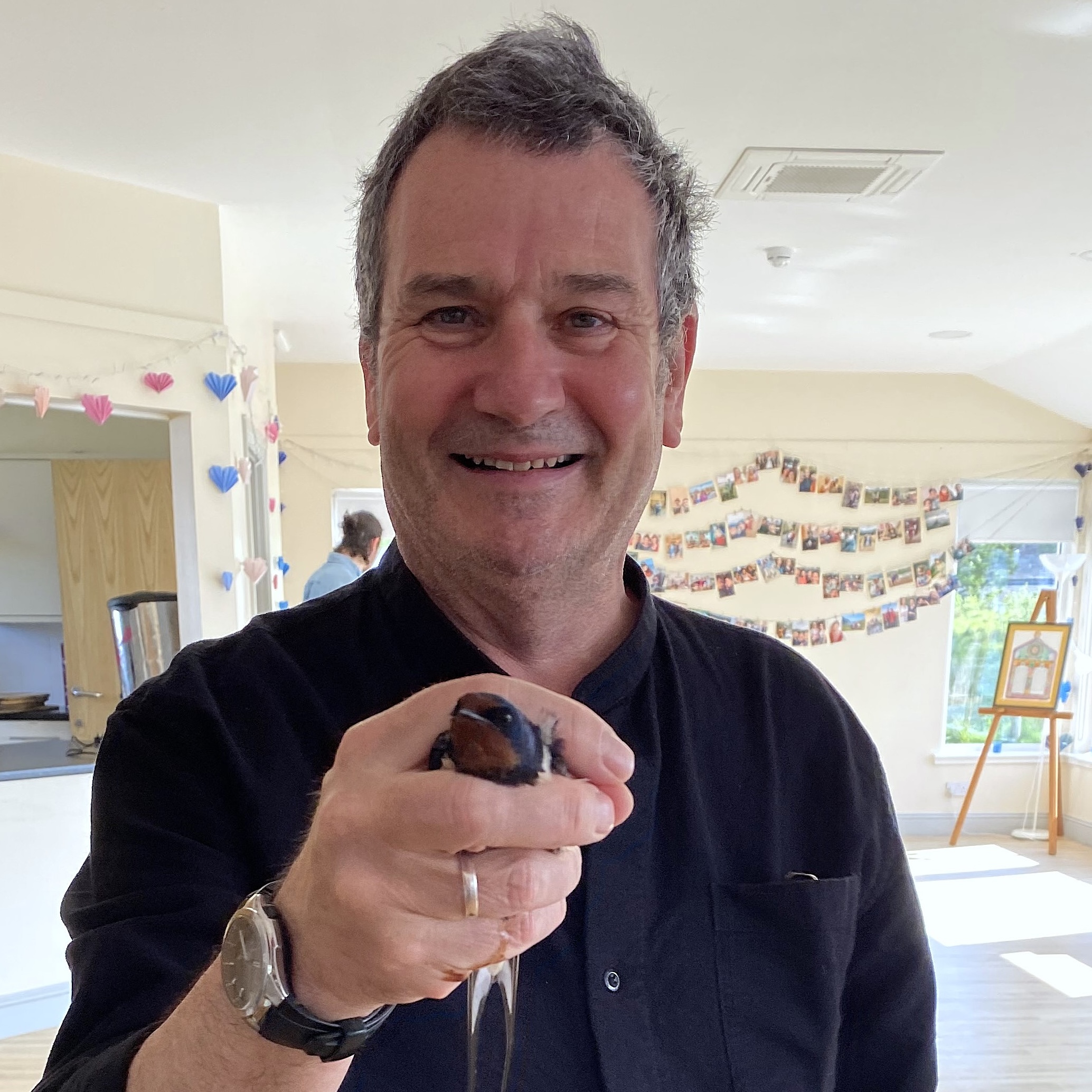The white-tailed eagle is crafty, controversial and has wings the size of a barn door
A penchant for spring lamb saw the raptor species ruthlessly exterminated, but the beguiling white-tailed eagle — also known as the sea eagle — is now back on our shores.
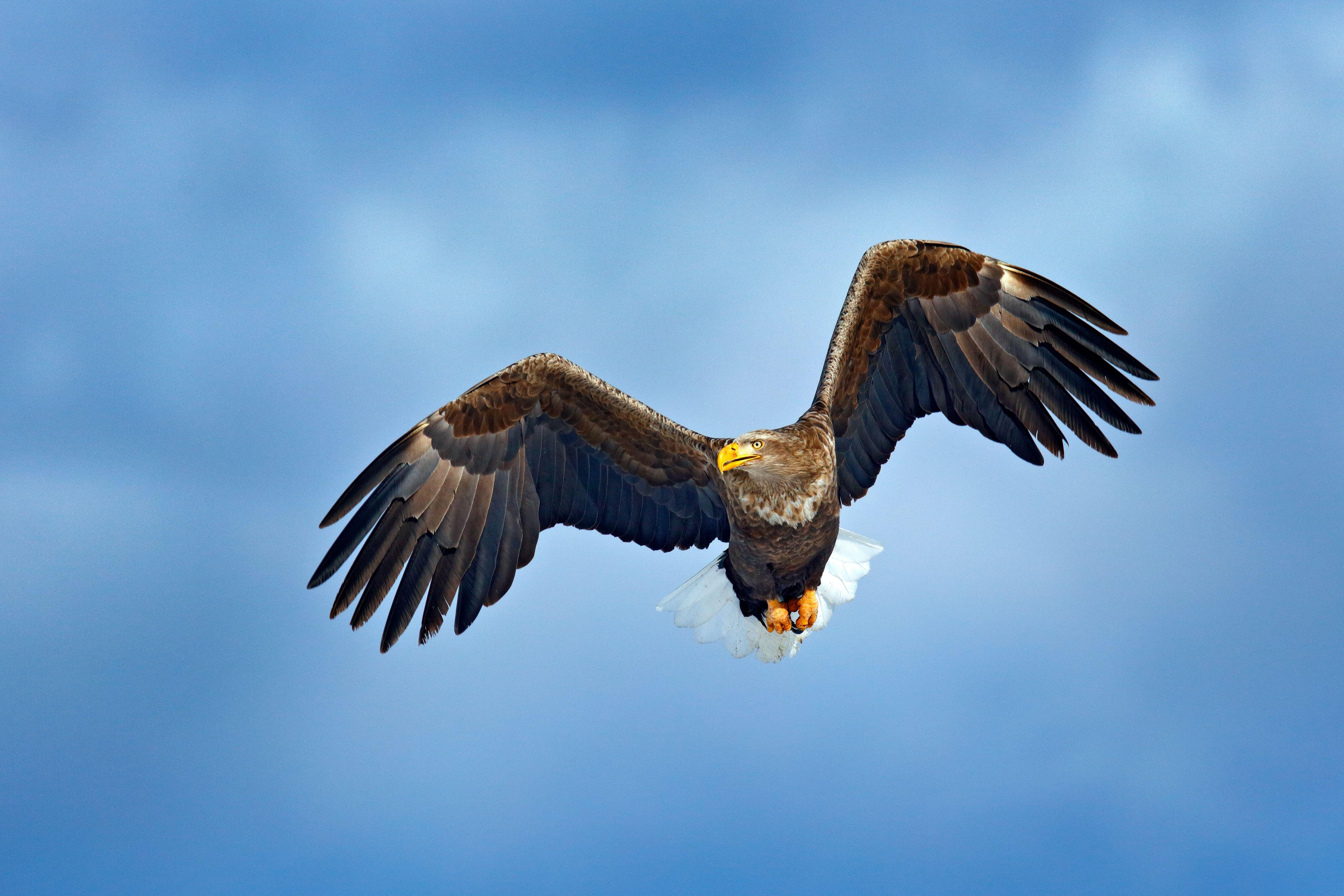
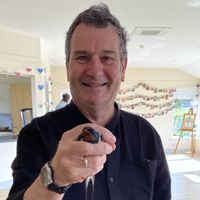
With a wingspan of some 8ft and the heaviest females weighing in at 16½lb, this species isn’t only the largest raptor, it is one of the biggest of all birds in these islands. For sheer size and visual impact, there is nothing to compare with this remarkable creature.
The broad tail is curiously short and, as it is white in an adult, it can even look absent as the bird flies. Both factors emphasise the massively broad wings — which earn the bird its nickname, the 'flying barn door' — but our eye is also drawn to the protruding head, which is thickened by long hackles around the neck.
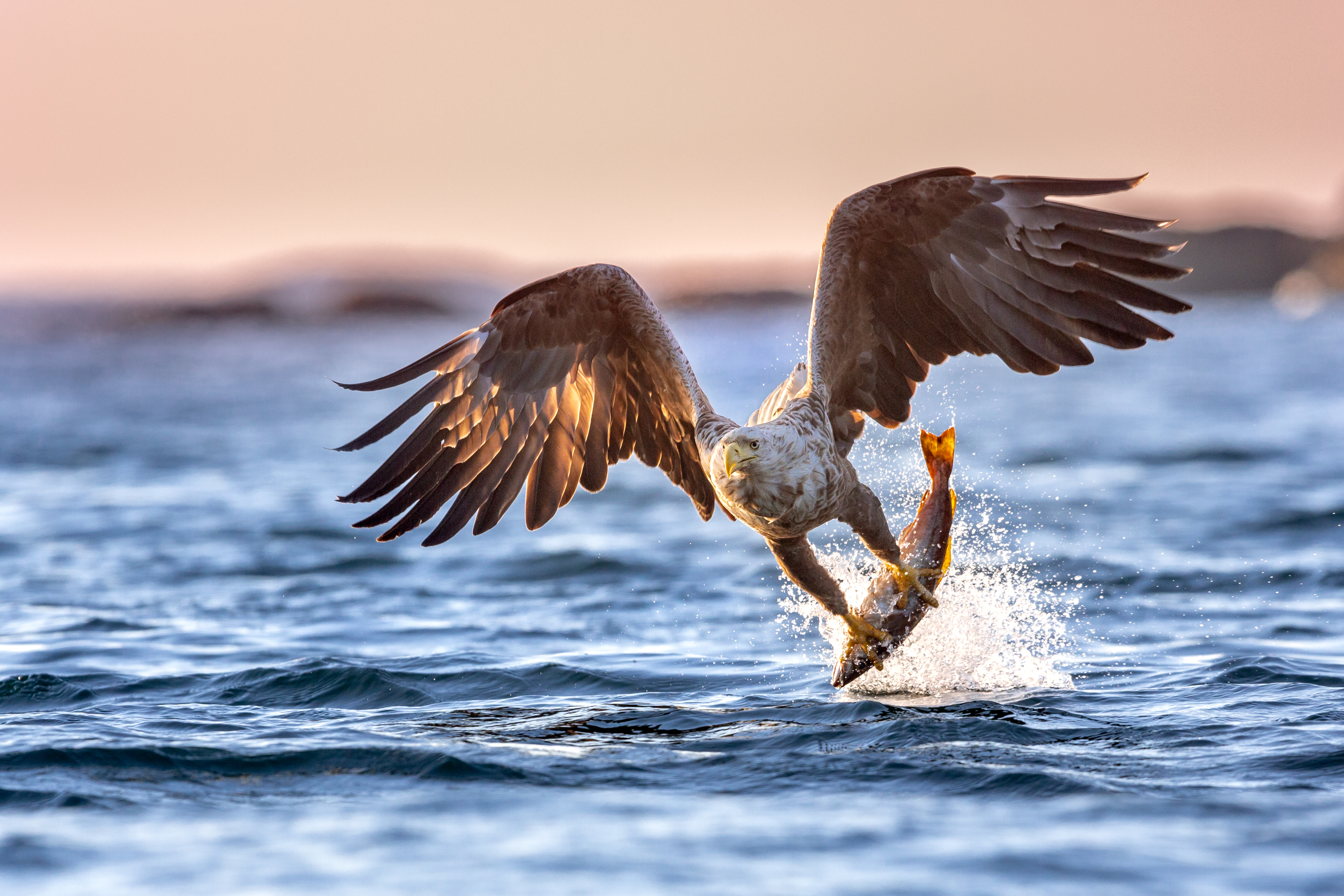
Finally, at its prow, a white-tailed eagle (Haliaeetus albicilla) carries an immense beak with the power to flense meat from a dead whale.
Often called the ‘sea eagle’, which reflects a strong coastal bias in its distribution and ecology, it will eat waterbirds within a size range from tiny ducklings to full-grown swans. Cormorants, gulls, eiders, grebes and auks are also considered fair game; so, too, are 29 species of fish.
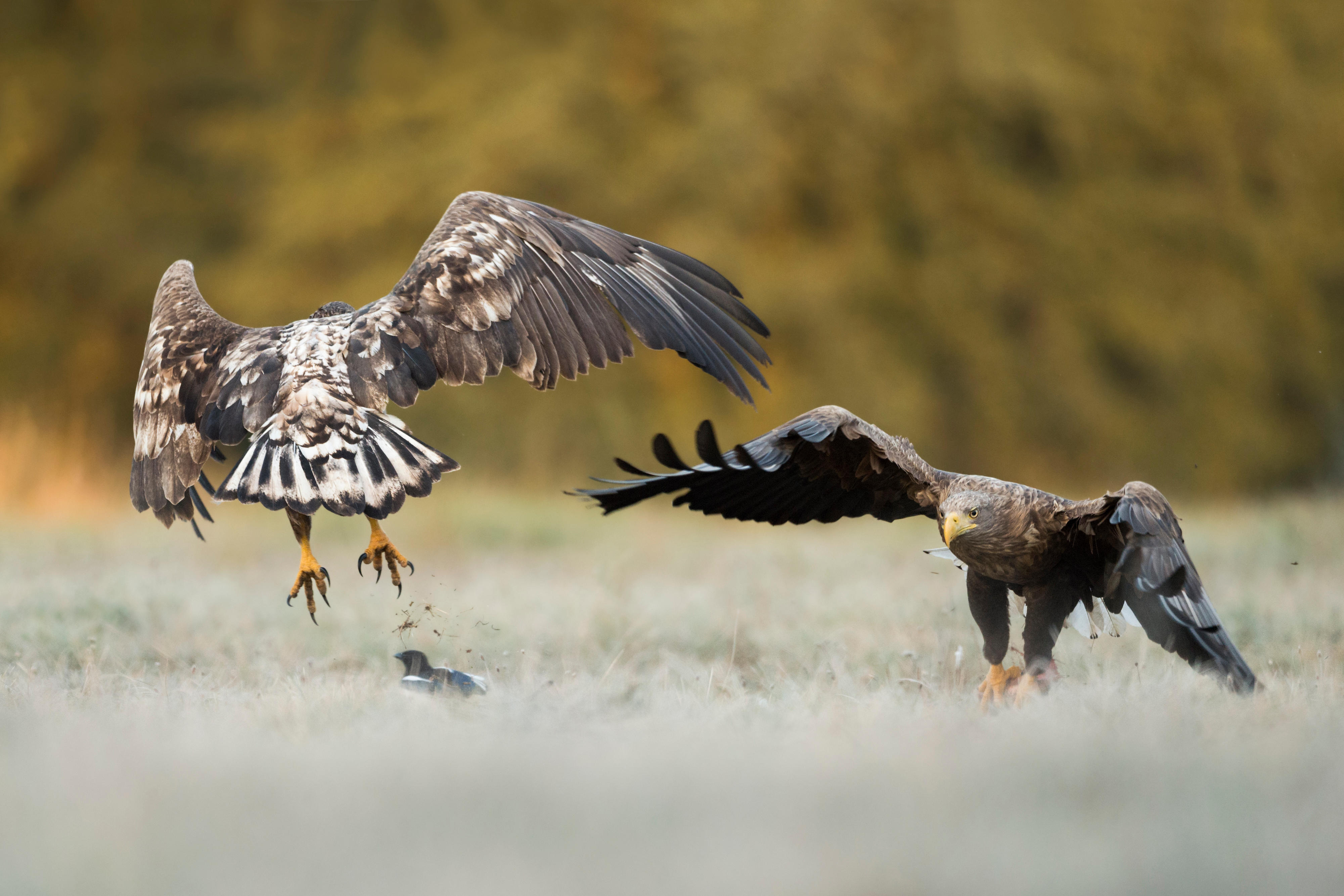
Two white-tail eagles fight over their dinner.
They may be the heaviest of raptors, but white-tailed eagles show huge flexibility in the ways they source food. They will happily eat carrion and the list of carcasses they have attended reads like an inventory of all northern vertebrates: caribou, seals, whales, red deer, hares, lemmings and even humans. Another of the eagle’s craftier strategies is the equivalent of armed robbery with menace. Technically called kleptoparasitism, it entails letting someone else do all the work — an osprey, kite, buzzard, peregrine or snowy owl — and then stepping in to steal the hard-won protein.
Dogs and cats have both been listed, but the one food that largely doomed white-tailed eagles in Britain was fresh lamb. Studies indicate that the majority of young sheep taken by eagles are already dead or dying of birth defects, but by no means all of them are unhealthy and, sometimes, an eagle can take one after another.
Not that any of these complexities troubled the conscience of 19th-century shepherds — they waged a war of near extermination across the Highlands, until the inevitable outcome in 1916, when the last white-tailed eagle vanished from the Isle of Skye without trace.
Exquisite houses, the beauty of Nature, and how to get the most from your life, straight to your inbox.
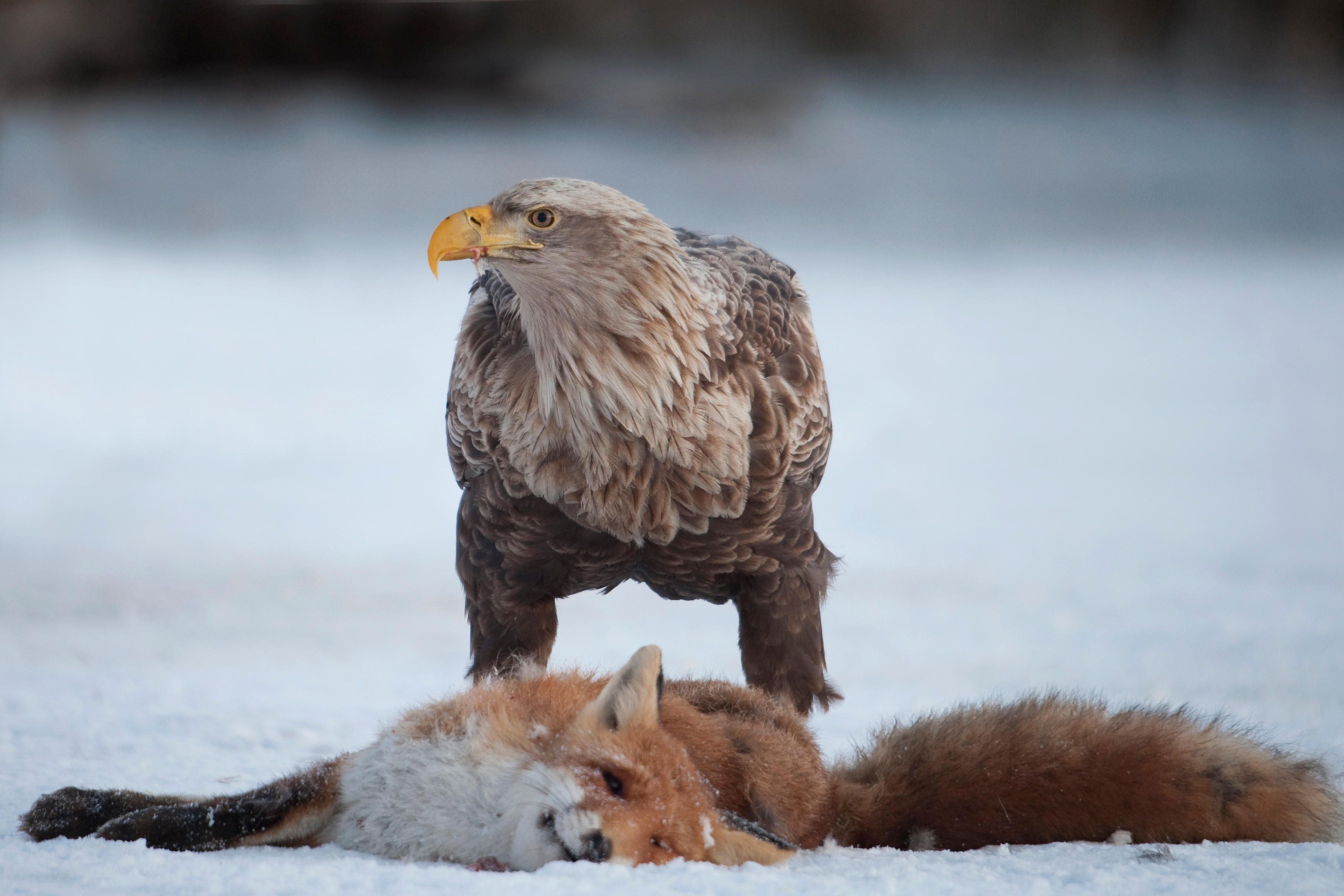
White-tailed eagles will feed on the carcasses of most animals... and humans.
We often think of the loss of this British resident as essentially a Celtic drama, but the eagle’s retreat to the western margins of Scotland was an artefact of persecution that had begun centuries, if not millennia, earlier. Eagle place names are one source of evidence for the birds’ presence across the length and breadth of our nation. The old Saxon name for the species, erne, appears, often completely unnoticed, in the most unlikely of English rural settings, such as Arley, Cheshire; Arnewood, Hampshire; Ayle-ford, Gloucestershire; and Earley, Berkshire.
Some of these places could refer to the golden eagle, as it is assumed to have been almost equally widespread, but many locations contain habitat that strongly indicates the former presence of white-tailed eagles. What we can surmise is that both birds enjoyed a depth of residency across this country that was probably far older than that of our own species.
In the early 1970s, pioneer environmentalists sought to bring to a close the eagle’s absence and picked the inner Hebridean island of Rum as a centre of operations, with Norway as the source of eaglets to be reintroduced. Progress was ever likely to be hard won in such a long-lived and slow-breeding organism, but 1985 marked a major milestone: the first British-born white-tailed eagle in nearly 70 years. Four decades after that initial success, there are an estimated 150 pairs and efforts are well under way to establish a population even on the English south coast in the Isle of Wight.
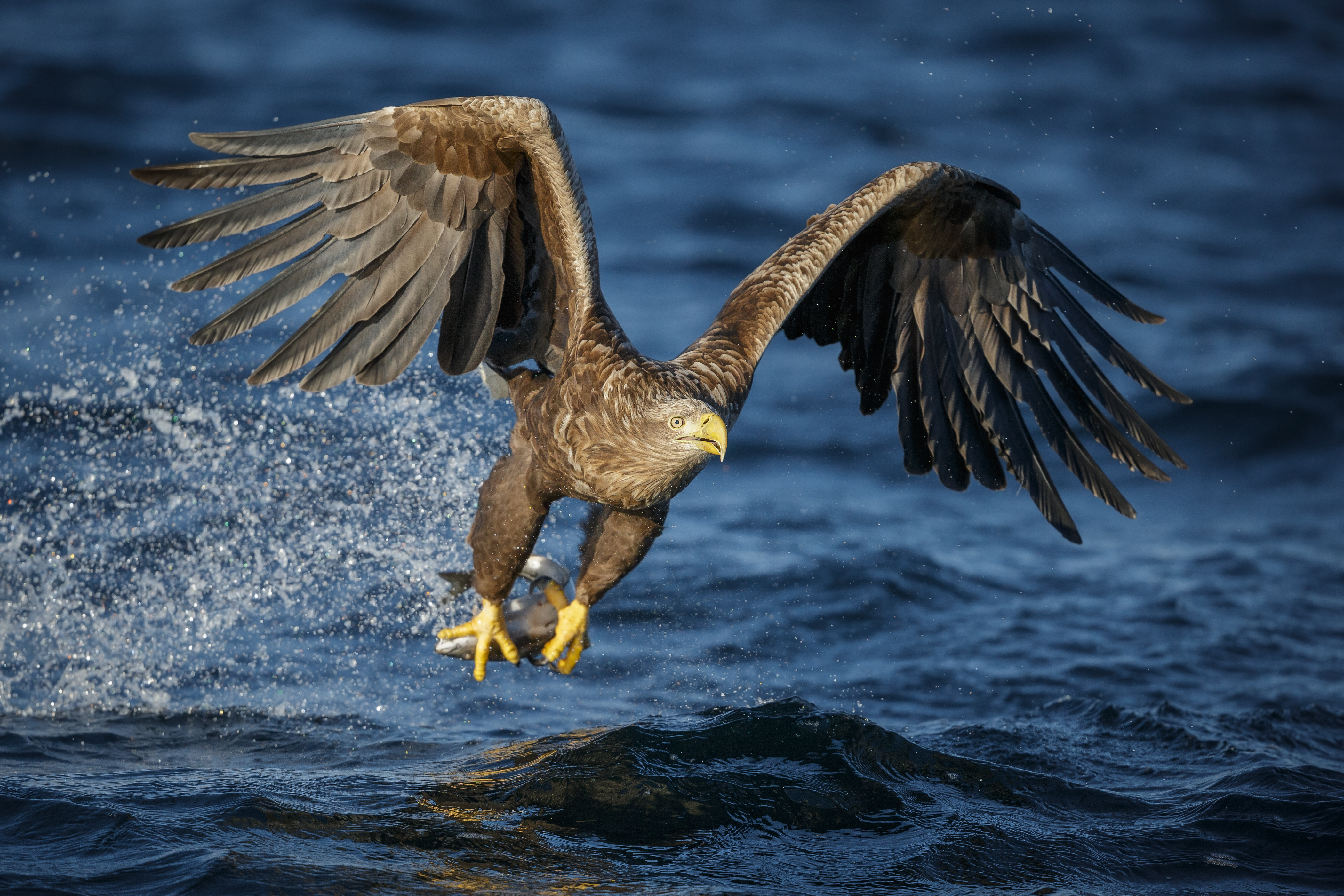
These developments are not without controversy. The taking of lambs by eagles remains a stubborn source of conflict, although Government compensation to farmers might help reconcile some of them to the issue. Yet the eagles have also brought huge pleasure and economic profit — on the inner Hebridean island of Mull, white-tailed eagles are at the very heart of its new brand of wildlife tourism.
What we can all acknowledge is that white-tailed eagles are intrinsic to these islands. They are here to stay and many believe we are all the richer for them.
Mark Cocker's latest book, ‘One Midsummer’s Day: Swifts and the Story of Life on Earth’, is out in paperback
This article originally appeared in the July 16 issue of Country Life.
Mark Cocker is a naturalist and multi-award-winning author of creative non-fiction. His last book, ‘One Midsummer’s Day: Swifts and the Story of Life on Earth’, is out in paperback. A new book entitled 'The Nature of Seeing' will be published next year by Jonathan Cape.
